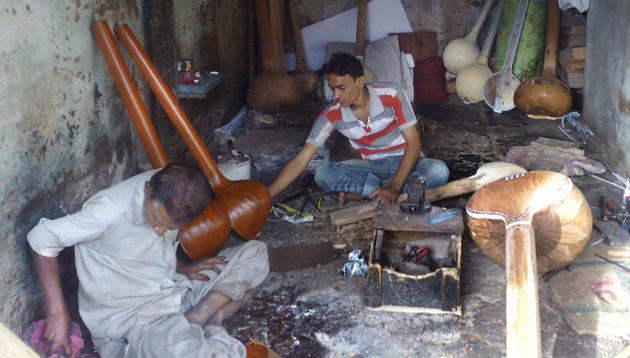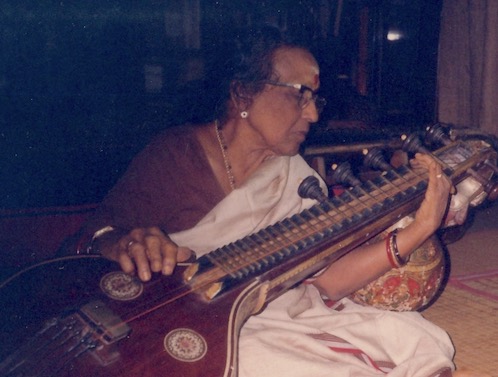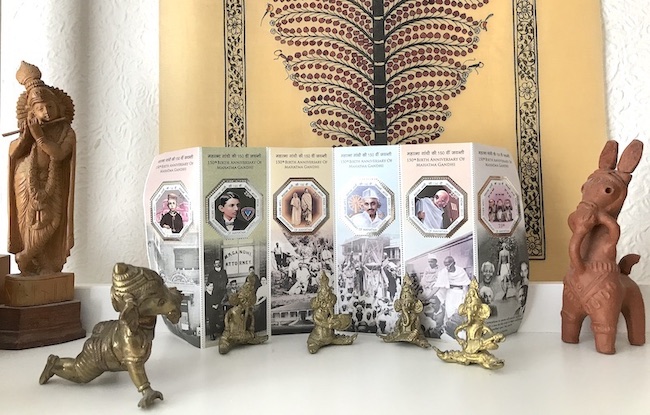
Photo © Ludwig Pesch
Very few people know that Gandhi was extremely fond of Music and arts. Most of us have been all along under the impression that he was against all arts such as music. In fact, he was a great lover of music, though his philosophy of music was different. In his own words ‘Music does not proceed from the throat alone. There is music of mind, of the senses and of the heart.’ […]
According to Mahatma ‘In true music there is no place for communal differences and hostility.’ Music was a great example of national integration because only there we see Hindu and Muslim musicians sitting together and partaking in musical concerts. He often said, ‘We shall consider music in a narrow sense to mean the ability to sing and play an instrument well, but, in its wider sense, true music is created only when life is attuned to a single tune and a single time beat. Music is born only where the strings of the heart are not out of tune.’
Source: “Mahatma Gandhi – A unique musician” by Namrata Mishra (Sr. Asst. Prof of Vocal Music, R.C.A. Girls P. G. College, Mathura)
URL: https://www.mkgandhi.org/articles/mahatma-gandhi-unique-musician.html
Date Visited: 17 July 2022
Gandhi is a universal figure. […] He is affirmed and avowed in many parts of the world while Indians might of course forget him or scorn him or defile him as they are doing now.
Source: Historian Ramachandra Guha in conversation with sociologist Nandini Sundar, The Wire, 21 March 2022
URL: https://thewire.in/history/ramachandra-guha-history-gandhi-mentors
Date Visited: 22 July 2022
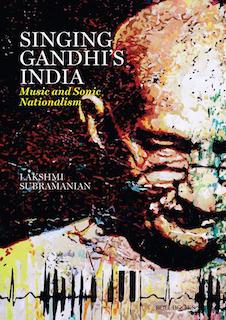
Mahatma Gandhi on
Music of the mind and heart >>
“A historian points out the Mahatma saw morning prayers as a way to inspire discipline and that he used community voices to mobilise people. […] For Gandhi, music — whether it was a bhajan like Vaishnava Janato or a patriotic song like Vande Mataram — was a means of development of the “moral self” which was essential to become a satyagrahi.” – Basav Biradar reviewing ‘Singing Gandhi’s India: Music and Sonic Nationalism’ by Lakshmi Subramanian in The Hindu | Read How Gandhi adopted music on the way to freedom >>
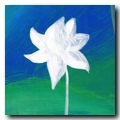
Tips
- a free lesson inspired by Mahatma Gandhi >>
- find ad-free search for video contents and educational resources >>

